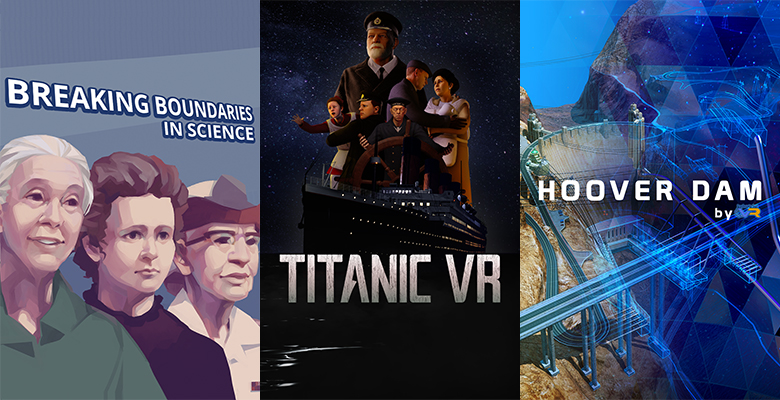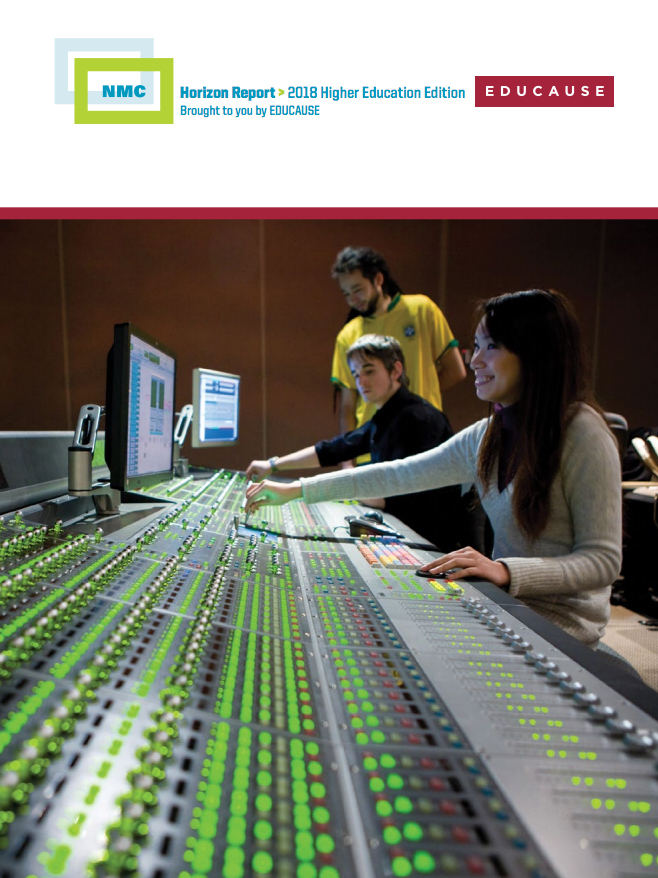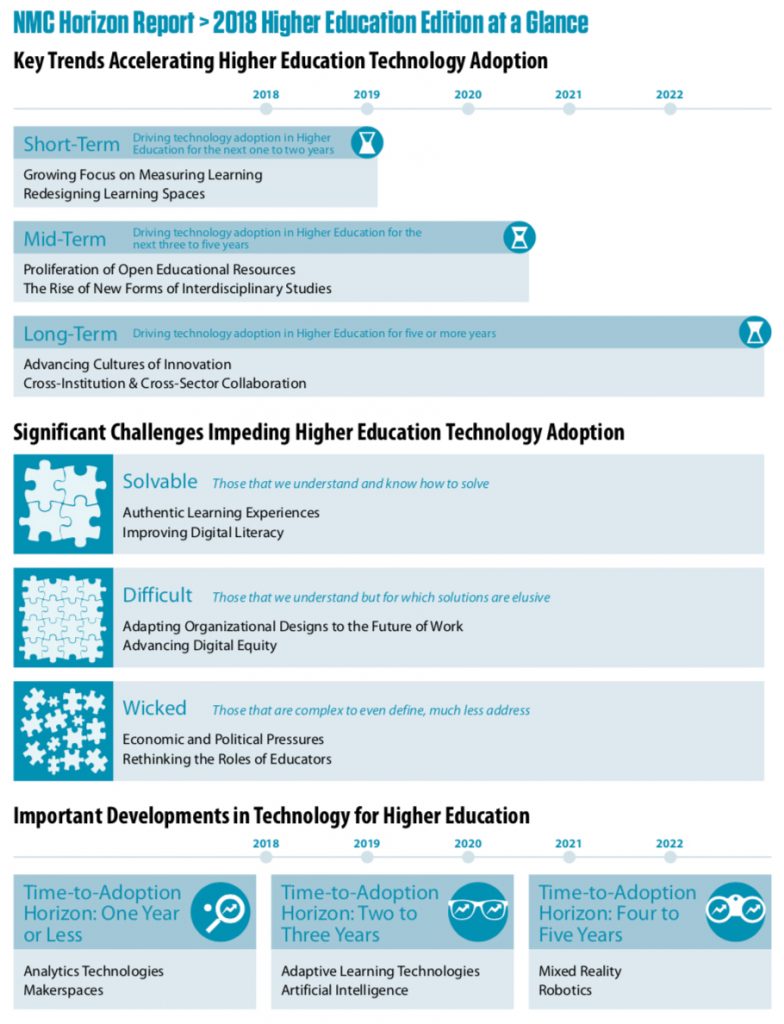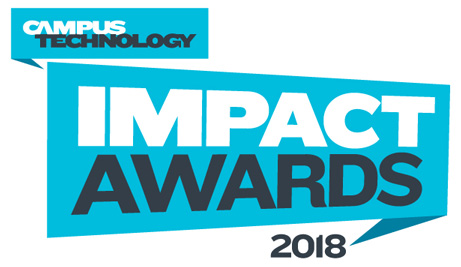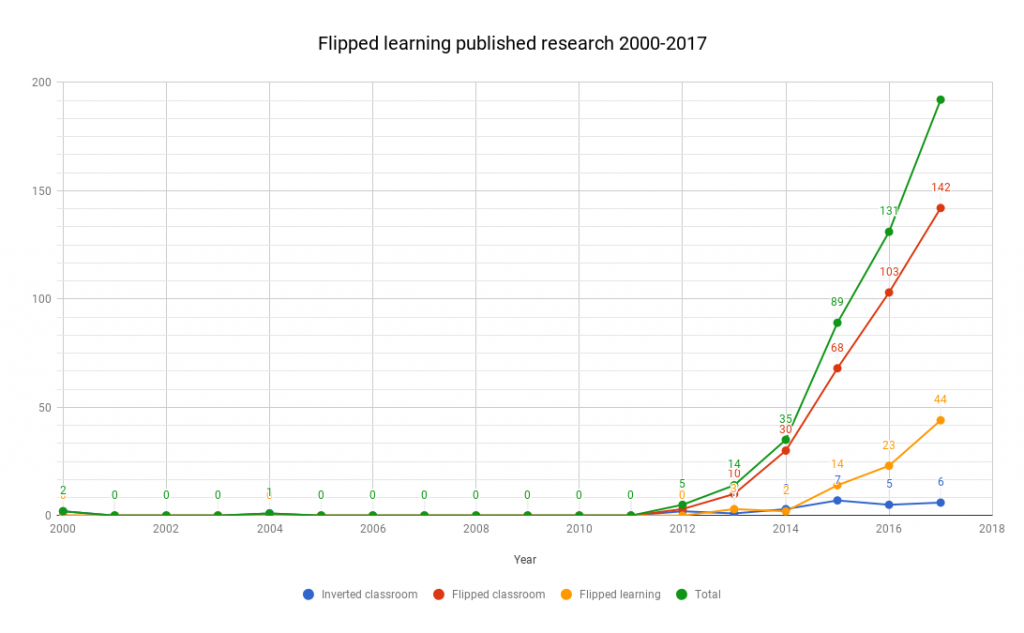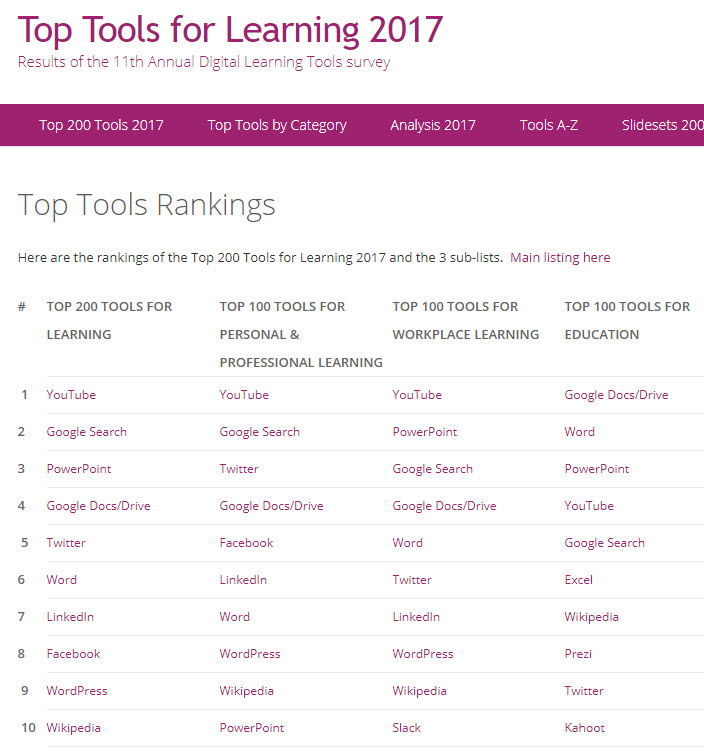15 more companies that no longer require a degree — apply now — from glassdoor.com
Excerpt:
With college tuition soaring nationwide, many Americans don’t have the time or money to earn a college degree. However, that doesn’t mean your job prospects are diminished. Increasingly, there are many companies offering well-paying jobs to those with non-traditional education or a high-school diploma.
…
Google and Ernest & Young are just two of the champion companies who realize that book smarts don’t necessarily equal strong work ethic, grit and talent. Whether you have your GED and are looking for a new opportunity or charting your own path beyond the traditional four-year college route, here are 15 companies that have said they do not require a college diploma for some of their top jobs.
From DSC:
Several years ago when gas prices were sky high, I couldn’t help but think that some industries — though they were able to grab some significant profits in the short term — were actually shooting themselves in the foot for the longer term. Sure enough, as time went by, people started looking for less expensive alternatives. For example, they started buying more hybrid vehicles, more electric cars, and the sales of smaller cars and lighter trucks increased. The average fuel economy of vehicles went up (example). The goal was to reduce or outright eliminate the number of trips to the gas station that people were required to make.
These days…I wonder if the same kind of thing is happening — or about to happen — with traditional institutions of higher education*? Are we shooting ourselves in the foot?
Traditional institutions of higher education better find ways to adapt, and to change their game (so to speak), before the alternatives to those organizations gain some major steam. There is danger in the status quo. Count on it. The saying, “Adapt or die” has now come to apply to higher ed as well.
Faculty, staff, and administrators within higher ed are beginning to experience what the corporate world has been experiencing for decades.
Faculty can’t just teach what they want to teach. They can’t just develop courses that they are interested in. The demand for courses that aren’t attractive career-wise will likely continue to decrease. Sure, it can be argued that many of those same courses — especially from the liberal arts colleges — are still valuable…and I would agree with some of those arguments. But the burden of proof continues to be shifted to the shoulders of those proposing such curricula.
Also, the costs of obtaining a degree needs to come down or:
- The gorillas of debt on peoples’ backs will become a negative word of mouth that will be hard to compete against or adequately address as time goes by
- The angst towards higher ed will continue to build
- People will bolt for those promising alternatives to traditional higher ed where the graduates (badge earners, or whatever they’re going to be called) of those programs are hired and shown to be effective employees
- I hope that this isn’t the case and that it’s not too late to change…but history will likely show that higher ed shot itself in the foot. The warning signs were all over the place.
The current trends are paving the way for a next generation learning platform that will serve someone from cradle to grave.
* I realize that many in higher ed would immediately dispute that their organizations are out to grab short term profits, that they don’t operate like a business, that they don’t operate under the same motivations as the corporate world, etc. And I can see some of these folks’ points, no doubt. I may even agree with some of the folks who represent organizations who freely share information with other organizations and have motivations other than making tons of money. But for those folks who staunchly hold to the belief that higher ed isn’t a business at all — well, for me, that’s taking things way too far. I do not agree with that perspective at all. One has to have their eyes (and minds) closed to cling to that perspective anymore. Just don’t ask those folks to tell you how much their presidents make (along with other higher-level members of their administrations), the salaries of the top football coaches, or how many millions of dollars many universities’ receive for their television contracts and/or their ticket sales, or how much revenue research universities bring in from patents and so on and so forth.
Addendum on 8/24, per University Ventures e-newsletter
2. Facebook Goes Back to College (emphasis DSC)
TechCrunch report on how digital giants are buying into Last-Mile Training by partnering with Pathstream to deliver necessary digital skills to community college students.
Most good first jobs specifically require one or more technologies like Facebook or Unity — technologies that colleges and universities aren’t teaching. If Pathstream is able to realize its vision of integrating industry-relevant software training into degree programs in a big way, colleges and universities have a shot at maintaining their stranglehold as the sole pathway to successful careers. If Pathstream’s impact is more limited, watch for millions of students to sidestep traditional colleges, and enroll in emerging faster and cheaper alternative pathways to good first jobs — alternative pathways that will almost certainly integrate the kind of last-mile training being pioneered by Pathstream.
America’s colleges and universities could learn a thing or two from Leo, because they continue to resist teaching students the practical things they’ll need to know as soon as they graduate; for instance, to get jobs that will allow them to make student loan payments. Digital skills head this list, specifically experience with the high-powered software they’ll be required to use every day in entry-level positions.
But talk to a college president or provost about the importance of Marketo, HubSpot, Pardot, Tableau, Adobe and Autodesk for their graduates, and they’re at a loss for how to integrate last-mile training into their degree programs in order prepare students to work on these essential software platforms.
Enter a new company, Pathstream, which just announced a partnership with tech leader Unity and previously partnered with Facebook. Pathstream supports the delivery of career-critical software skill training in VR/AR and digital marketing at colleges and universities.
Addendum on 8/24, per University Ventures e-newsletter
3. Faster + Cheaper Alternatives to College
Inside Higher Education Q&A on upcoming book A New U: Faster + Cheaper Alternatives to College.
Last-mile training is the inevitable by-product of two crises, one generally understood, the other less so. The crisis everyone understands is affordability and unsustainable levels of student loan debt. The other crisis is employability. Nearly half of all college graduates are underemployed in their first job. And we know that underemployment is pernicious and lasting. According to the recent report from Strada’s Institute for the Future of Work, two-thirds of underemployed graduates remain underemployed five years later, and half remain underemployed a decade later. So today’s students no longer buy that tired college line that “we prepare you for your fifth job, not your first job.” They know that if they don’t get a good first job, they’re probably not going to get a good fifth job. As a result, today’s students are laser-focused on getting a good first job in a growing sector of the economy.











